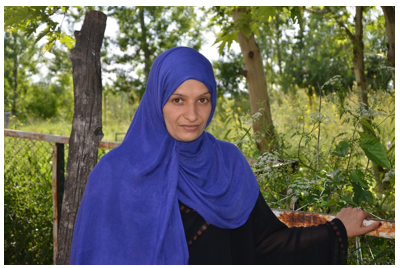The Ministry of Health and Family Welfare (MoHFW) launched schemes such as Home-Based Newborn Care (HBNC), Janani Suraksha Yojana (JSY) and Janani Sishu Suraksha Karyakaram (JSSK) under the National Health Mission (NHM) in order to address the gaps thereby ensure positive health outcomes. The HBNC focuses on a series of home visits by ASHAs in the first six weeks to early identification of the newborn illness and the provision for appropriate care at home or referrals as defined in the protocols. Whereas, the JSSK provides free entitlements to pregnant women including normal deliveries and caesarean operations, and sick newborn (up to one year after birth) in Government health institutions in both rural and urban areas.

To improve newborn survival under the HBNC, the state government facilitates the orientation for all peripheral providers including AWW, ANM, ASHA and the Medical Officers, on the principles and practice of Home Based Newborn Care. As ASHAs are the core of this strategy, Ms Waheeda Rehman residing at Choon village in Badgam District, who is tenth pass and working as an ASHA since 2014 for Kashmir division, had also undergone the HBNC training in 2016 and since then, she has been working with the community to improve newborn and child health outcomes.
When Ms Rehman was visiting the houses in the Choon village under the HBNC, a house owner restricted her entry into their house. However, after a few days, she again visited their house. She claimed that the knowledge that she acquainted from the training on HBNC enabled her to convince the family for the purpose of her visit. When she found the baby’s skin and the whites of the eyes were yellow in colour, she explained the mother and her in-laws about the symptoms of newborn jaundice. She said that it is very common among the newborn due to the significant increase of bilirubin in the blood of the baby, which turn into jaundice and skin of baby looks yellow. She further insisted that the baby should be examined for jaundice between the third and seventh day after birth when bilirubin levels usually peak. However, the family denied any such symptoms and said that the skin seems yellow due to the reflection of electric light and showed their disinterest in taking the baby to a nearby health facility for treatment.
ASHA while narrating the experience, said that she took the help of other villagers especially the Village Health Sanitation and Nutrition Committee (VHSNC) members to convince the family, and after repeated visits and regular follow-up with the family, the ASHA, at last able to influence the mother and her in-laws and the baby was brought to the District Hospital, Budgam for a check-up, where the baby was referred to tertiary care hospital. After examining the baby, the doctor said that any further delay may have resulted in an adverse outcome. In spite of myths and misconceptions exist in the community, the relentless efforts of an ASHA saved the life of an infant during her HBNC home visits.
This incident has motivated the ASHA further to use the skills that she gained from the training for improving the health outcomes in the community. The persistent effort made by the ASHA on breaking the existing myths has really energized the community and the numbers of women accessing health care facilities for institutional delivery and follow up care for newborns have increased since then.

